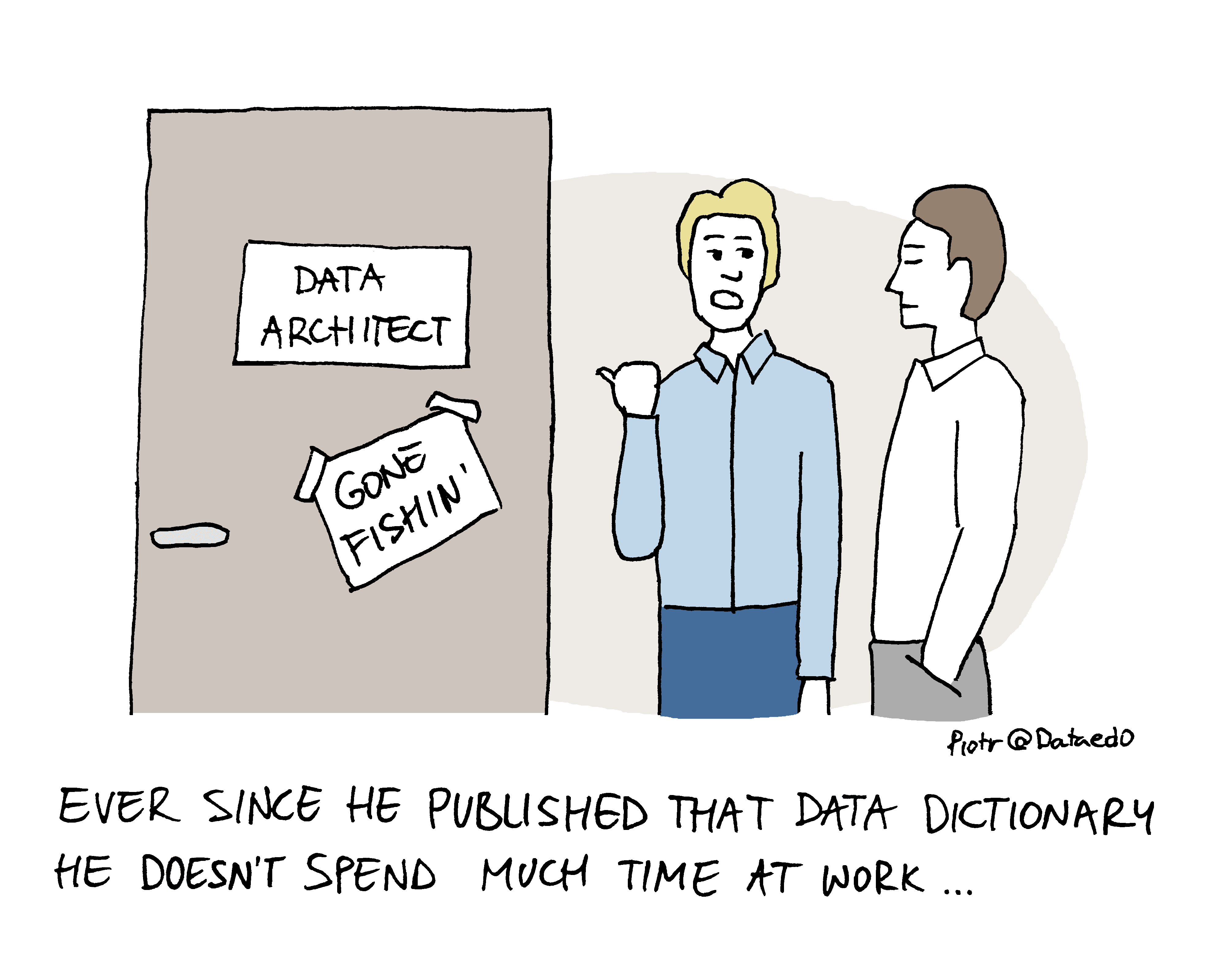Join 1000+ Satisfied Customers Using Dataedo
















Add meaning to your data
Decrypt table and column names with business friendly aliases, provide meaning and purpose of data assets with descriptions, and describe data with up to 100 custom fields.

Build a complete Data Dictionary
Capture and document relationships
Relationships between tables and data sets is crucial for any reporting and analytics. Those relationships are often unclear and can span across databases. Dataedo reads foreign keys from the database to the data dictionary, allows you to extend this information with manually defined relationships, and visualizes them with ER diagrams.

Organize databases with domains and data products
Data sources in your organization can hold hundreds or thousands of tables and data structures. It might be hard or impossible to make sense of this. Dataedo helps you manage this complexity by allowing you to create domains and data products and use them to organize large data sets.
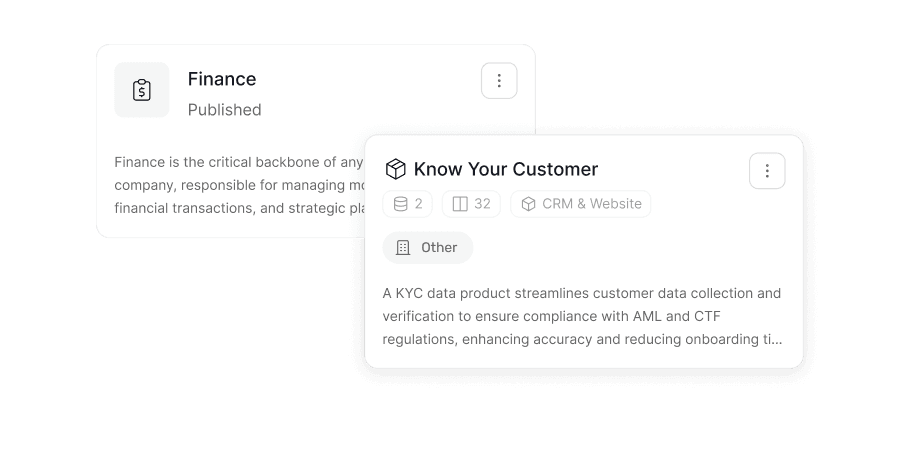
Provide meaning with Business Glossary
Dataedo allows you to map data dictionary elements to terms in integrated business glossary – a global list of terms and definitions in your organization. This allows you to provide more meaning and definitions to data, add a voice from the business to data assets and make the documentation of data structures easier for IT.

Capture tribal knowledge in central repository
Dataedo makes it easy to capture tribal knowledge from your team and share it across the organization with central metadata repository.
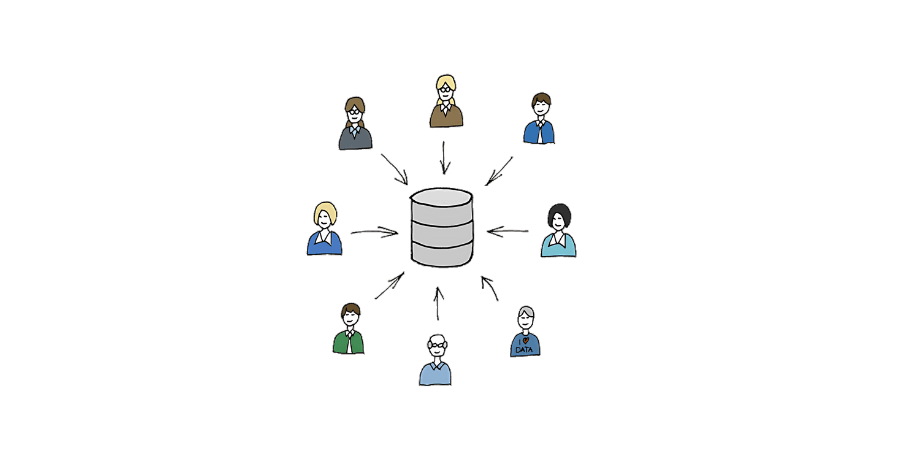
Track history of changes
Keep full visibility into your metadata evolution. Dataedo automatically records who made changes, when they occurred, and what was modified. Maintain accountability, ensure accuracy, and easily audit updates to descriptions, titles, and custom fields.
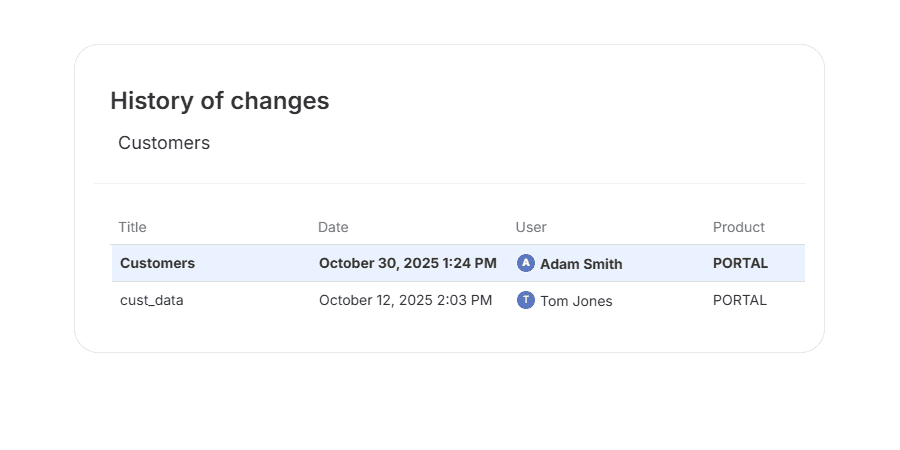
Keep your dictionary up to date
Automatically sync your metadata with source systems to ensure your documentation always reflects the current state of your databases. Dataedo detects schema changes, updates structures, and preserves your custom descriptions—saving time and preventing outdated information.
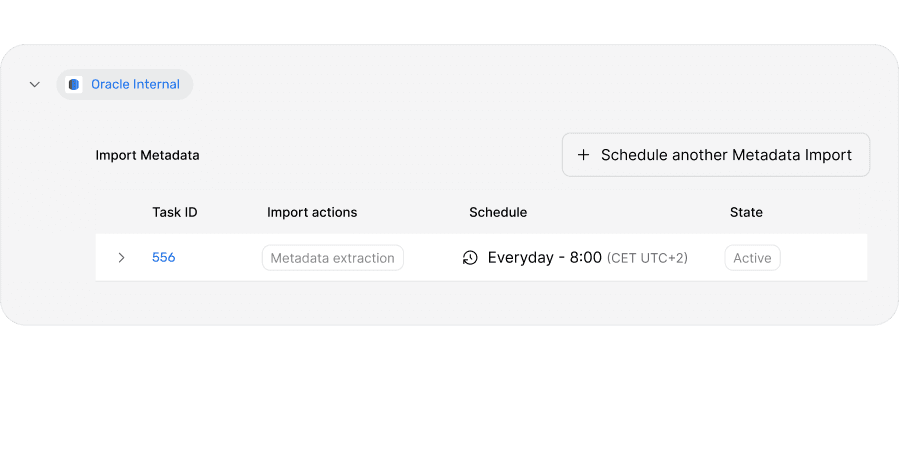
Build Data Dictionary in minutes
Dataedo allows you to connect and scan metadata from multiple sources and build data dictionary automatically in a couple of minutes. We integrate with relational databases, cloud databases, data warehouses, JSON and XML documents, CSV data sets, data lakes, and more!

Empower your organization with data understanding
Unlock data in your organization
Data dictionary decrypts data in your organization and often is necessary to be able to use it.
Democratize and promote use of data
With data easier to find and understand, business can work with data on their own, without help of from IT.
Be less dependent on suppliers and key people
Are some people or partners the only gateway to some of your data? Get independence and ask all your people and teams working with and building data assets to get them documented with Dataedo. With that you will decide who and how will make use of your data.
Improve quality of data and reporting
Understanding purpose of tables and columns and how to join tables reduces risk of bugs in SQL and getting incorrect, misleading results.
Remove the (IT) bottleneck of your analytics
With documentation of data, business and analyst community can find and use the data without the support of the IT.
Strengthen collaboration, knowledge, and efficiency
Protect knowledge
Did you ever wonder what would happen to your data, analytics, BI, data warehouse if key people left? Data dictionary serves and documentation that protects your knowledge and allows to pass it easily to new people.
Free up time from key people
When business can be self-reliant, those key data gurus can now spend less time answering questions and preparing simple queries, and can on high value-added work.
Improve performance of your analytics
Allow your people to spend less time looking for data and trying to make sense of it and, and spend more time getting insights and finding patterns.
Improve communication
Central reference documentation of data improves communication between all the parties involved - architects, developers, analysts, developers, business, and various teams and suppliers.
Grow your team hustle-free
Allow new hires get to speed, independently, with comprehensive documentation.
Your data is always secure & protected
Trusted by leading organizations across government, finance, insurance, banking, and healthcare,
Dataedo prioritizes data privacy and security at every step.
Dataedo prioritizes data privacy and security at every step.
Safe for databases
Dataedo does not impact data structures in your source databases. All documentation takes place in the repository.
Flexible deployment
Dataedo can be deployed on-premises or in your private cloud to meet your organization’s security requirements and maintain full control over your data. Your metadata is not stored on our servers.
Data Privacy by design
Your data stays within your environment at all times. No metadata or data is ever sent outside your systems, ensuring maximum privacy and compliance.
Role-based access control
Easily manage who can view or modify different parts of your dictionary, keeping sensitive information safe and accessible only to authorized users.
Why our customers love Dataedo?
Dataedo is a lightweight solution with great customer service and active product development (recently data quality). The ability to run SQL scripts on the repository brings additional flexibility."
We jump started all of our Data Governance efforts using the tool. We documented key databases quickly and easily and published the information to our analyst community."
Dataedo is an amazing tool that continues to grow and improve."
Datedo consistently improves while delivering exceptional support that is quick, competent, and highly reliable."
Dataedo excels at data cataloging, and the support from the Dataedo team is top-notch."
Dataedo is easy to use, offers great functionality, and provides excellent customer service that always listens to the customer."
Dataedo provides ease of use and covers so many areas from a Data Governance perspective. You really can put everythng in one place."
Dataedo is a fantastic tool, and I love working with it—especially with the continuous improvements being made and planned."
Join 1000+ Satisfied Customers Using Dataedo








Explore more key features
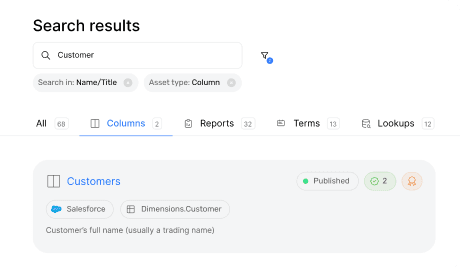
Data Catalog
Centralize metadata, lineage, and documentation in one searchable platform. Make it easy to find and understand data assets.
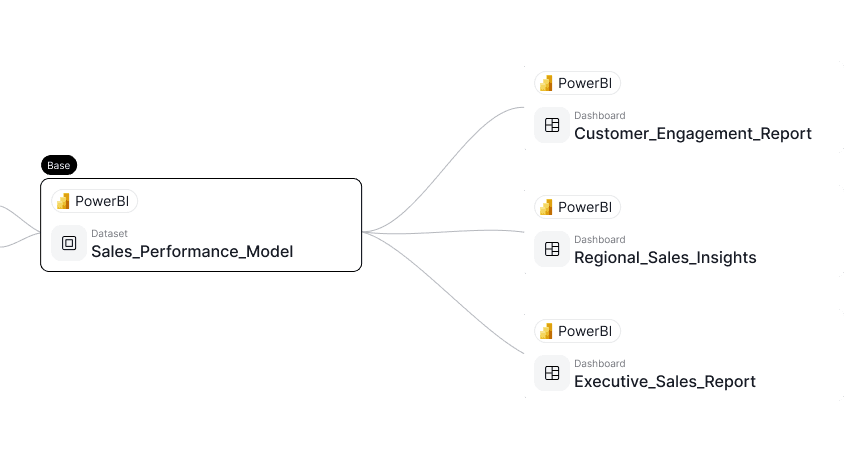
Data Lineage
Track how data flows across systems automatically. Visualize transformations, dependencies, and impacts to ensure transparency, support compliance, and reduce errors.
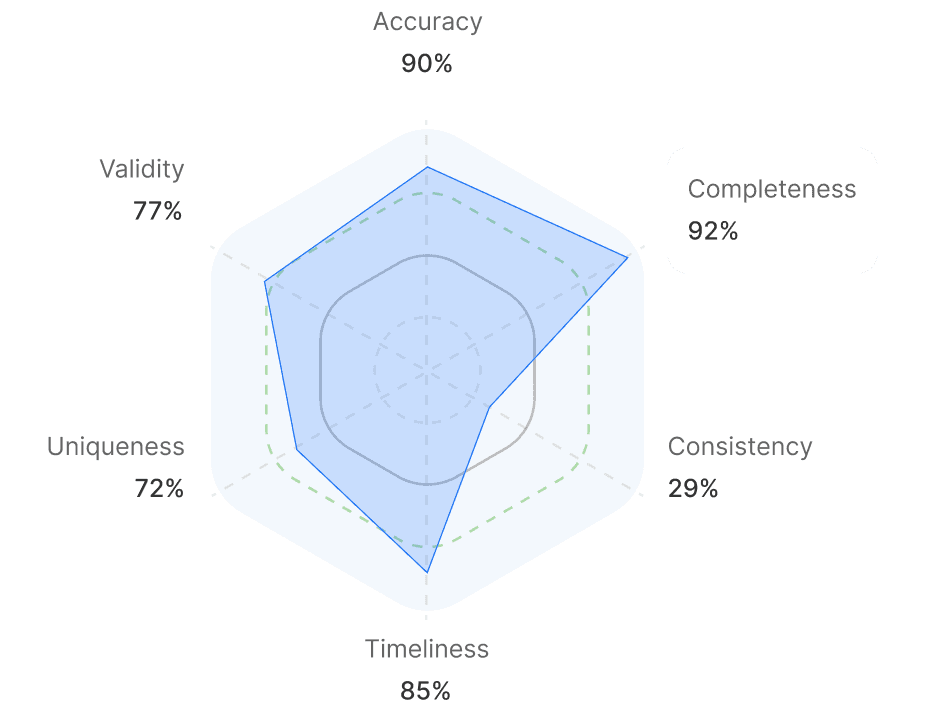
Data Quality
Combine cataloging with automated data quality checks to detect errors, anomalies, and missing values before they propagate downstream
Use cases
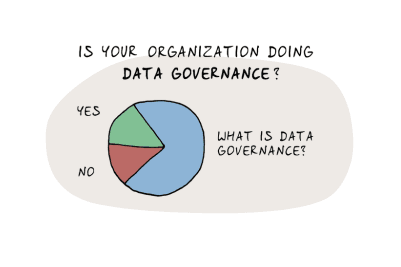
Data Governance
Build trust and accountability across your data landscape. Maintain control and transparency throughout your data lifecycle.

Data Warehousing & BI
Describe the purpose of data warehouse tables, columns and show table relationships for better BI and self-service analytics and reporting.

Self-service Analytics
Share documentation of data sources - purpose of tables and columns and relationships between them to allow self-service analytics to business and analyst community.
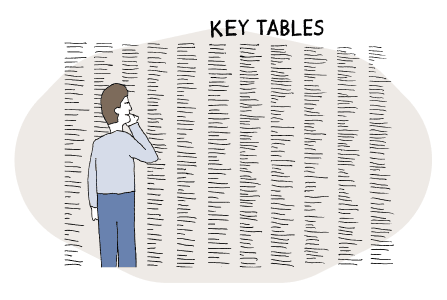
Database Development
Document databases as you design them and share the design with every developer.

Piotr Kononow
Founder
Add meaning to your data with Data Dictionary
Explore Dataedo through a preconfigured data catalog with sample data, try it with your own data during a 14-day free trial, or book a demo.



